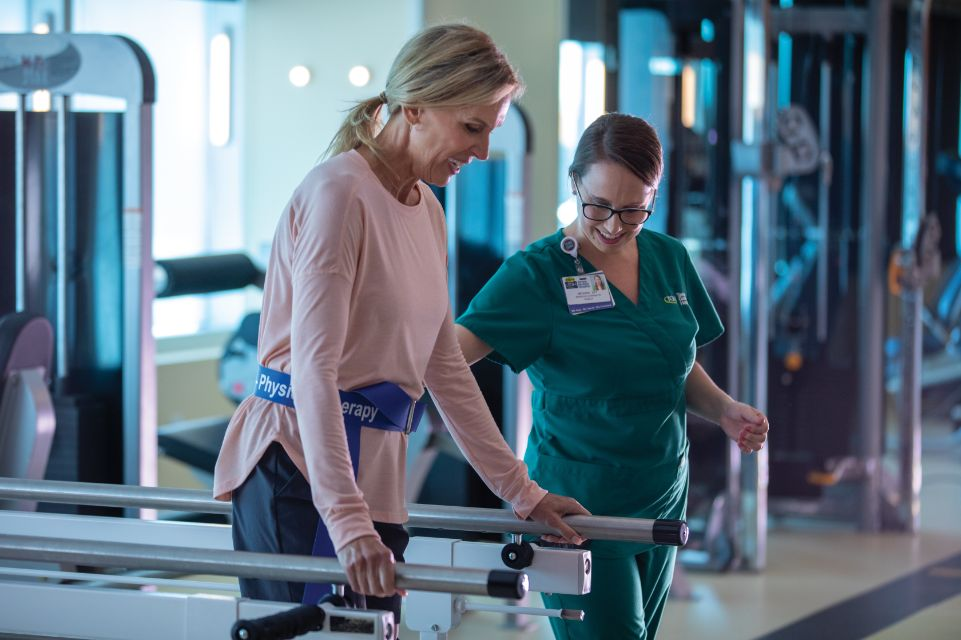General Rehabilitation
OUR SPECIALITIES

- Neuro Rehabilitation
- Ortho Rehabilitation
- Onco Rehabilitation
- Pediatric Rehabilitation
- Post-Burn Rehabilitation
- Cardiac Rehabilitation
- General Rehabilitation
- Chronic and Interventional Pain Management
- Acute and Disease Pain Management
- Palliative Care
- Advanced Disease Management
- Integrated Medicine
- Transition Care
- Physiotherapy
What is General Rehabilitation?
Rehabilitation, is a method of designed interventions, to help individuals with health conditions achieve their highest level of function, independence, and quality of life. It is not just reversing the damage caused by an injury or health condition, but restoring optimal health and functioning by addressing impairments, limitations, and restrictions.
The various facets of rehabilitation include:
- Optimizing Functioning:
The focus of Rehabilitation is to improve the patient’s ability to perform daily tasks, such as walking, eating, dressing, and communicating.
- Minimizing Disability:
It aims to reduce the adverse effects of health conditions on a person’s ability to participate in activities and roles that are important to them.
- Promoting Independence:
A most important objective is to help individuals become as self-sufficient as possible in their daily lives.
- Enhancing Quality of Life:
Rehabilitation also plays an important role, on improving a person’s overall well-being, in terms of physical, mental, and emotional health.
Key Aspects of General Rehabilitation:
- Person-Cantered Approach:
Rehabilitation is designed based on the specific needs, of the individual.
- Interdisciplinary Team:
Rehabilitation often a unison of healthcare professionals, that include physical therapists, occupational therapists, speech-language pathologists, and others.
- Focus on Function:
The emphasizes of rehabilitation is to improve the person’s ability to perform functional tasks on a permanent or long-term basis rather than just the visible symptoms.
- Environmental Modifications:
Rehabilitation also assists in adapting to the environment to make it more accessible for the individual.
- Education and Training:
Rehabilitation includes educating the patients and their families about their condition, management of the condition and adaptation to any limitations.
- Community Reintegration:
Rehabilitation in most case help individuals return to their homes, families, and communities, and resume their roles and activities.
When is Rehabilitation Needed?
Rehabilitation would generally benefit a wide range of individuals, recovering from conditions like:
- Injuries:
Fractures, sprains, strains, and other injuries that affect mobility and function.
- Surgery:
Rehabilitation can help individuals recover from surgery and regain their strength and mobility.
- Stroke:
Rehabilitation can help stroke survivors regain lost function and independence.
- Neurological Conditions:
Conditions like multiple sclerosis, Parkinson’s disease, and spinal cord injury may require long-term rehabilitation.
- Chronic Conditions:
Rehabilitation can help individuals manage chronic conditions like arthritis, COPD, and heart disease.
- Age-Related Decline:
Rehabilitation can help older adults maintain their mobility, strength, and overall independence.
